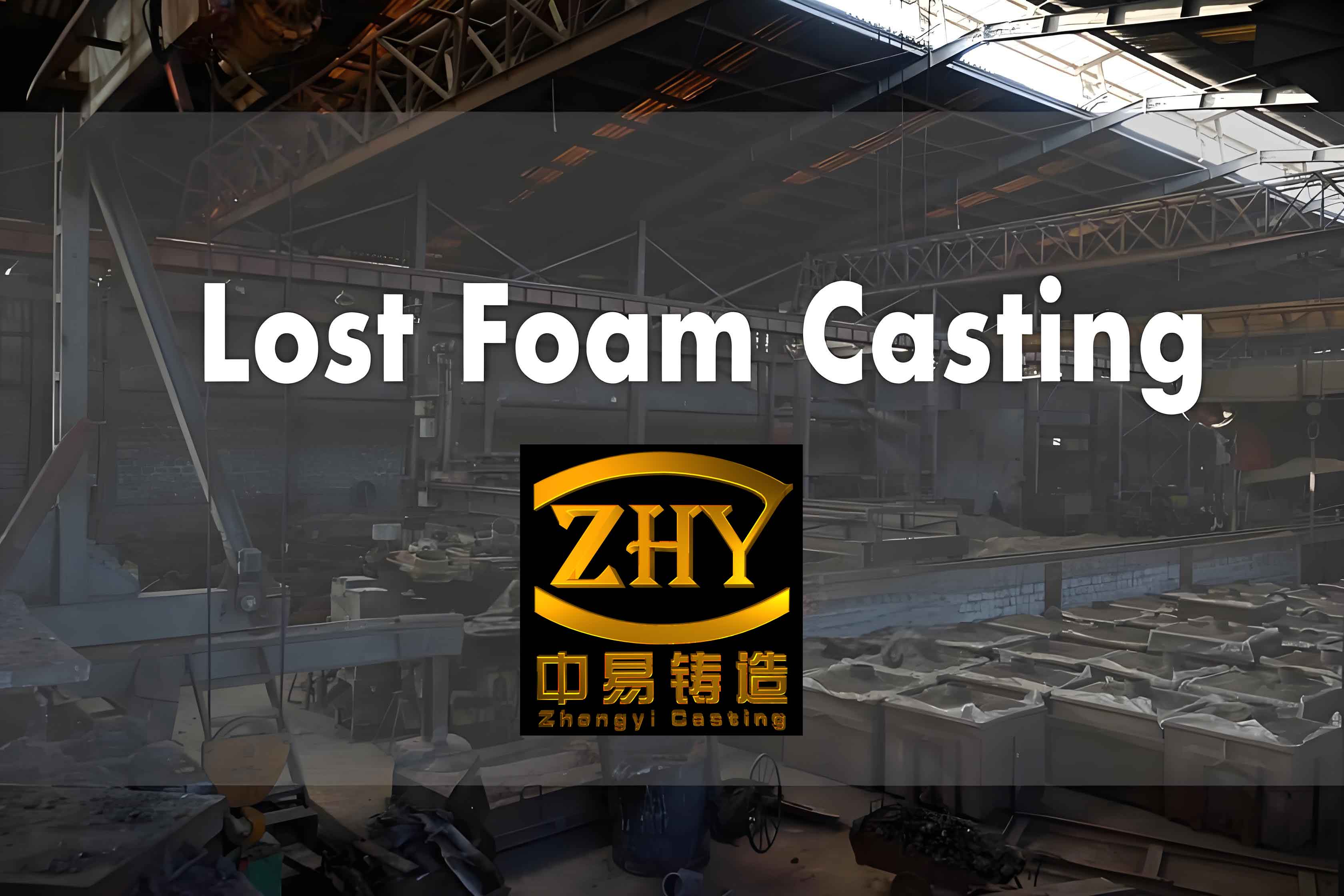Lost foam casting (LFC) has become a pivotal technology for producing complex semi-closed structural castings due to its ability to eliminate sand cores and simplify molding processes. This article explores process optimizations to address defects such as sand collapse and mold expansion in medium-to-large semi-closed castings, focusing on vacuum system redesign and process parameter adjustments.
1. Process Design and Challenges
The production of semi-closed castings with internal cavities and thin-walled features requires precise control of foam pattern preparation, coating application, and vacuum-assisted sand compaction. Key process parameters include:
| Parameter | Value Range |
|---|---|
| Foam Density | 10-12 kg/m³ |
| Coating Thickness | 1.2-1.5 mm |
| Vibration Frequency | 40-50 Hz |
| Vacuum Pressure | 0.04-0.06 MPa |
The fundamental challenge in lost foam casting of semi-closed structures lies in maintaining vacuum stability during metal pouring. The pressure differential between internal and external cavities can be expressed as:
$$\Delta P = P_{ext} – P_{int} = \frac{F_{buoyancy}}{A_{projected}}$$
where $F_{buoyancy}$ represents the metallostatic pressure and $A_{projected}$ is the effective area of the cavity.

2. Defect Formation Mechanisms
Typical defects in semi-closed castings produced via lost foam casting include:
| Defect Type | Frequency (%) | Critical Factors |
|---|---|---|
| Sand Collapse | 38 | Insufficient vacuum, improper compaction |
| Mold Expansion | 25 | Thermal decomposition gases, low coating permeability |
| Surface Porosity | 18 | Foam residue, inadequate degassing |
The vacuum pressure gradient through the sand mold follows Darcy’s Law:
$$v = \frac{k}{\mu} \frac{dP}{dx}$$
where $v$ is gas velocity, $k$ is sand permeability, and $\mu$ is gas viscosity.
3. Process Optimization Strategies
Three key improvements were implemented for lost foam casting of semi-closed structures:
3.1 Tilted Molding Orientation
Molding at 45° tilt angle improved sand flowability and compaction uniformity. The optimal angle was determined through fluidity tests:
$$Q = \frac{\pi r^4 \Delta P}{8\mu L} \cdot \sin\theta$$
where $Q$ is sand flow rate and $\theta$ is tilt angle.
3.2 External Vacuum Assist System
A dual vacuum system with internal/external pressure balancing was developed. The vacuum network design parameters:
| Parameter | Internal | External |
|---|---|---|
| Pipe Diameter | 150 mm | 200 mm |
| Perforation Density | 15 holes/dm² | 8 holes/dm² |
| Vacuum Delay | 0 s | 12 s |
3.3 Thermal Management
The pyrolysis front velocity during metal filling was optimized using:
$$v_f = \frac{\alpha}{T_m – T_0} \cdot \frac{dT}{dx}$$
where $\alpha$ is thermal diffusivity and $T_m$ is metal pouring temperature.
4. Implementation Results
Process optimizations in lost foam casting yielded significant quality improvements:
| Metric | Before | After | Improvement |
|---|---|---|---|
| Yield Rate | 40% | 90% | 125% ↑ |
| Dimensional Accuracy | IT15 | IT12 | 3 grades ↑ |
| Surface Roughness | Ra 25μm | Ra 12.5μm | 50% ↓ |
The successful implementation of these lost foam casting enhancements demonstrates that proper vacuum system design combined with thermal management can effectively overcome the technical barriers in producing complex semi-closed castings. Future developments should focus on real-time vacuum monitoring and adaptive control systems for further quality optimization.
